How to bond with optimal results in 6 easy steps
Check out these two clinical examples that illustrate how Futurabond U can be used clinically to achieve outstanding results.
Check out these two clinical examples that illustrate how Futurabond U can be used clinically to achieve outstanding results.
Since 1955, when Dr. Michael Buonocore challenged dentistry with his primitive yet innovative form of bonding, materials and techniques have evolved dramatically. Yet despite the improvement in materials and techniques, when surveying a recent group of dentists, I realized the group still uses a variety of techniques and materials to achieve a similar outcome. Some still use phosphoric acid and then an adhesive, some use self-etch primer and an adhesive, and some use a single bottle, self-etching primer and bond.
One of the negative characteristics with self-etch primer and bond as compared to a phosphoric acid etch and bond system is adequate but decreased bond strengths. It is for this reason that many still like to use phosphoric acid prior to using a one bottle self-etch primer and bond (for improved bond strengths). This last statement is true for enamel but if you use 37% phosphoric acid on dentin prior to a self-etch primer and bond, you’re likely to encounter a decrease in bond strengths and potential sensitivity. This occurs by the phosphoric acid removing more dentin mineral that can be filled by self-adhesive monomers.
Universal adhesives
A new generation of bonding materials called universal adhesives have been created so dentists have the option of total-etch or self-etch with no concern of decreased bond strengths when used in conjunction with phosphoric acid on dentin. One such product, Futurabond U from VOCO America, offers simplicity of use with outstanding bond strengths. Futurabond U differs from its predecessor Futurabond DC in a number of characteristics. Futurabond U has a lower PH than conventional self-etching systems like Futurabond DC. This lower PH will not allow for over etching of the already etched dentin in the total-etch technique. Futurabond U has a new surfactant that improves its wettability, leading to lower surface tension and improved bond strengths. Finally, the monomer chemistry is different than its predecessor thus enhancing the effect of the new acid.
Futurabond U doesn’t differ from its predecessor in one of its most useful traits: the packaging. The innovative foil packaging of Futurabond U really separates it from all other adhesives on the market. The foil packaging consists of two compartments, each with its own unique chemistry. By pressing on a certain spot in the packaging, the material from one side shoots internally to the other side, allowing for an instantaneous fresh mix of the chemistry.
Case presentation
Step 1: In the self-etching technique, a microbrush is now used to penetrate the foil into the material and then consequently brush it onto the tooth. This eliminates any evaporation of material that can occur from a bottle being left open or material being dispensed onto a dappen dish (Fig. 1). In the total-etch technique, a 37% phosphoric acid is used on dentin and enamel for 10 seconds, rinsed off followed by the application of Futurabond U. The material is brushed on for 20 seconds, air dried for five seconds and light cured for 10 seconds. At this point the tooth is ready to accept the restoration.
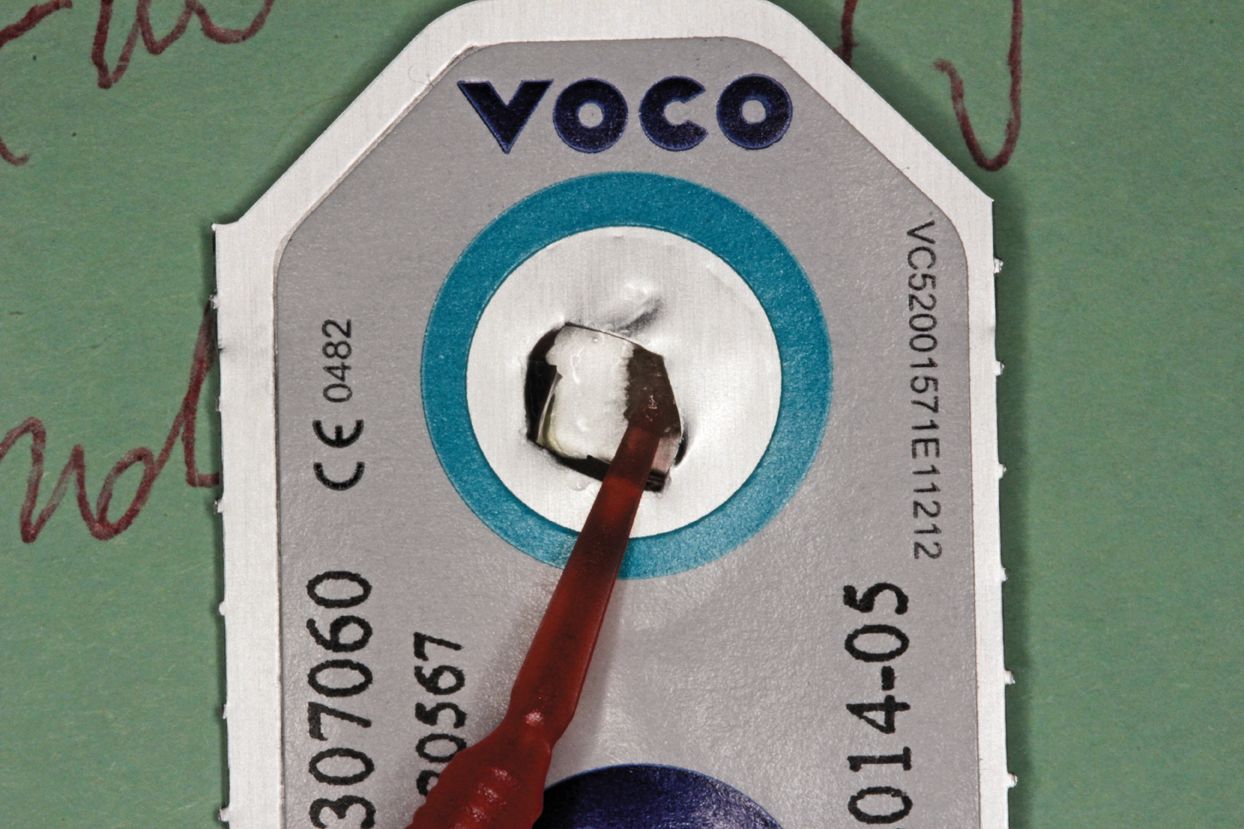
Figure 1: A microbrush is used to penetrate the foil into the material and brush it onto the tooth.
Because of its low film thickness, Futurabond U is ideal for indirect as well as direct restorations. Its chemistry allows it also to be used with any dual-cure or self-cure materials, eliminating any potential material incompatibility issues. Bond strengths in these instances still remain quite high, a feature not often seen with other systems. Futurabond U also bonds to zirconia, metals, aluminum oxide and silicate ceramics without the need for any other primers. It also is quite strong with bond strengths more than 30 MPa to enamel and dentin.
The following two clinical examples will illustrate how Futurabond U can be used clinically to achieve outstanding results.
As previously stated, Futurabond U can be used in the self-etch mode or with phosphoric acid in the selective-etch or total-etch mode.
Step 2: In this case, when bonding to an incisal edge, we elected to use phosphoric acid first to improve bond strengths of the composite. Our pre-op photo shows a chip on the incisal edge of tooth No. 9 (Fig. 2).
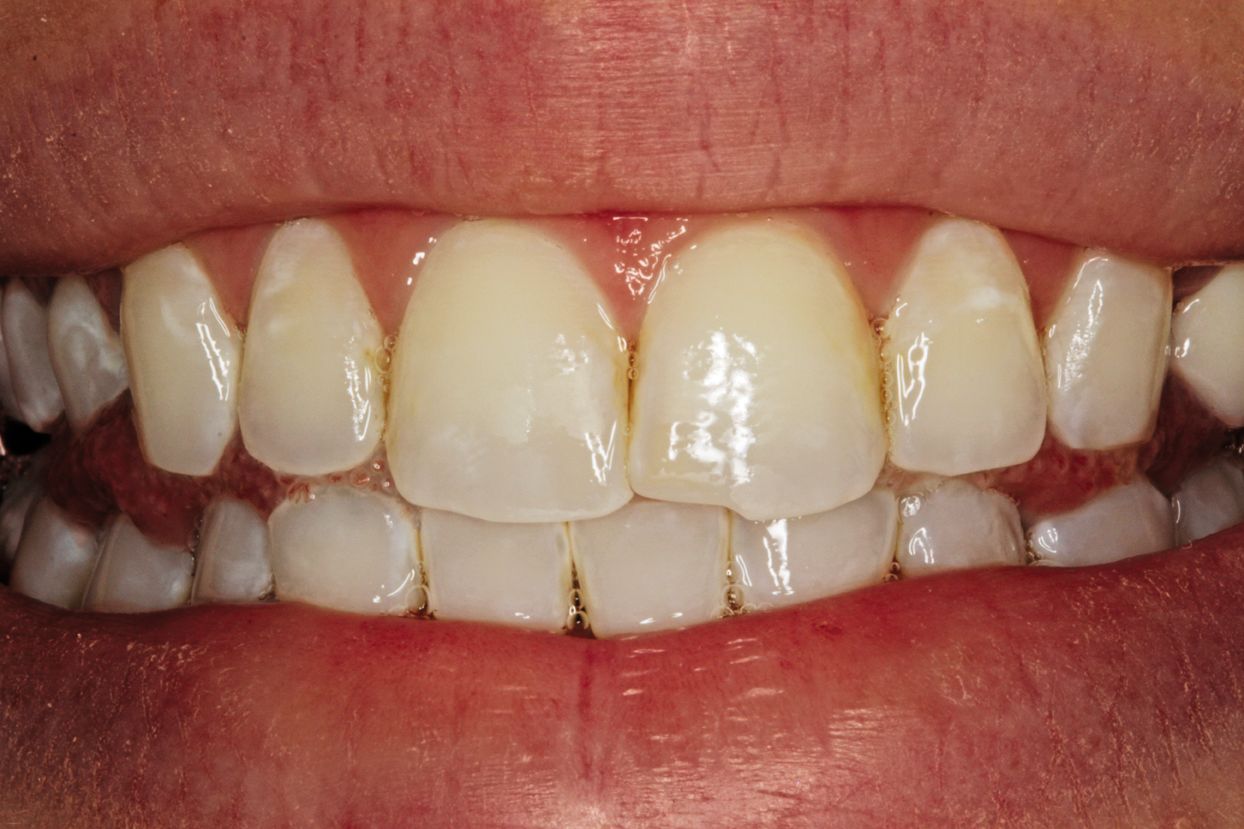
Figure 2: Pre-op photo shows a chip on the edge of tooth No. 9
Step 3: A 37% phosphoric acid (Ultra etch, Ultradent), is used on the enamel for 10 seconds (Fig. 3). After thoroughly rinsing off the etchant, a mylar strip is placed between 8 and 9, and Futurabond U is brushed on the enamel for 20 seconds and air dried for five seconds. Futurabond U is then light cured for 10 seconds. One of the nice things about Futurabond U is that you can see it on the tooth after curing (Fig. 4). This reinforces the fact that you have adhesive in place before placing the direct restorative.
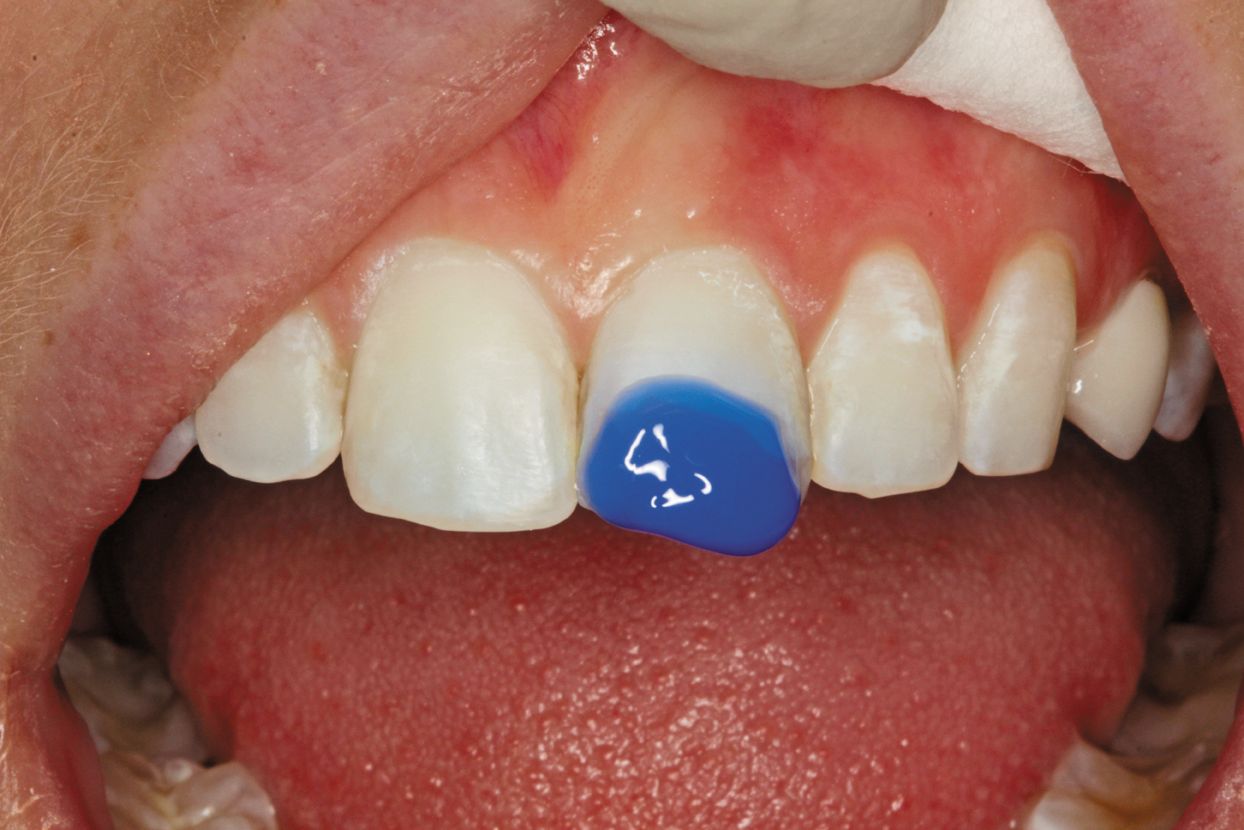
Figure 3: A 37% phosphoric acid is used on the enamel for 10 seconds.
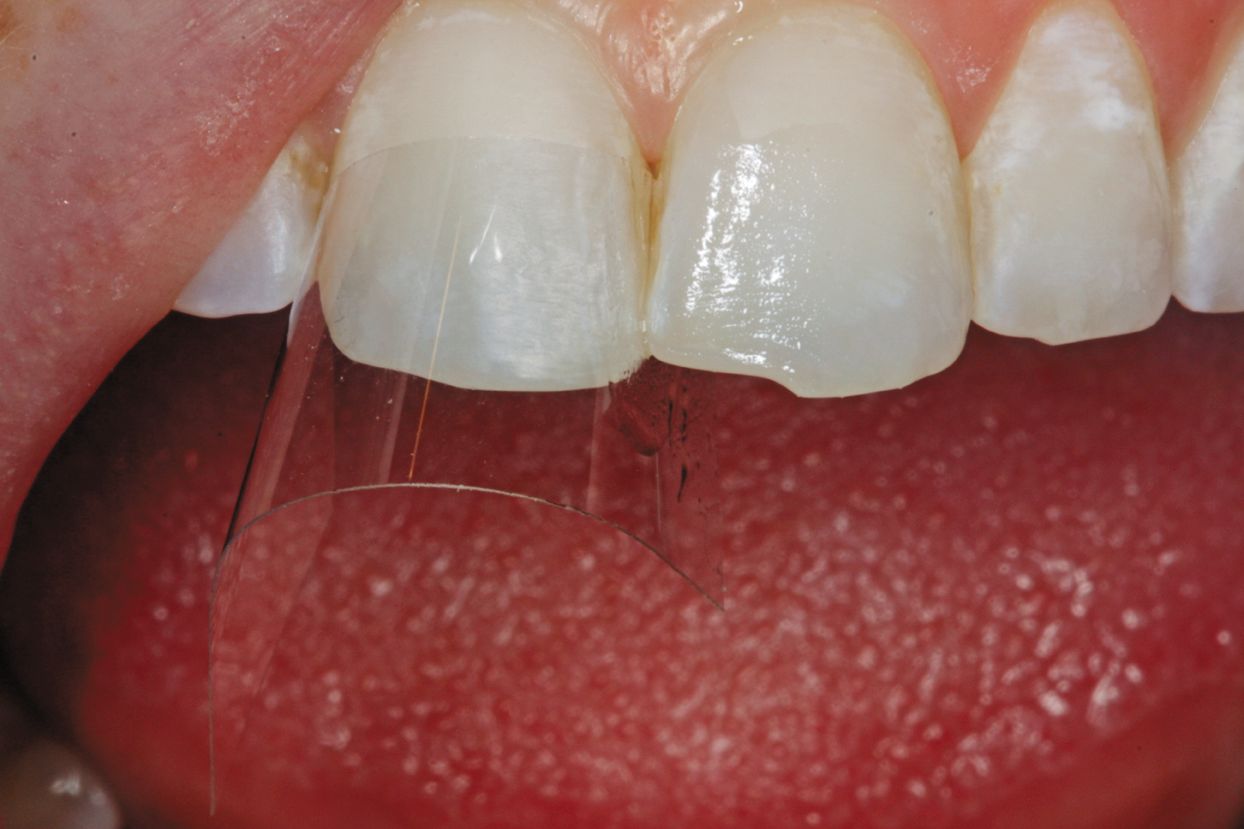
Figure 4: Futurabond U can be seen on the tooth after curing.
Step 4: The final restoration is placed (GrandioSO Shade A1, VOCO), light cured, finished and polished (Fig. 5).

Figure 5: The final restoration is placed (GrandioSO Shade A1, VOCO), light cured, finished and polished.
Incipient decay can be treated conservatively with tunnel preparations to avoid removing unnecessary tooth structure. Radiographic examination in this case reveals early onset decay in and around the contact area between the bicuspid and the molar (Fig. 6).
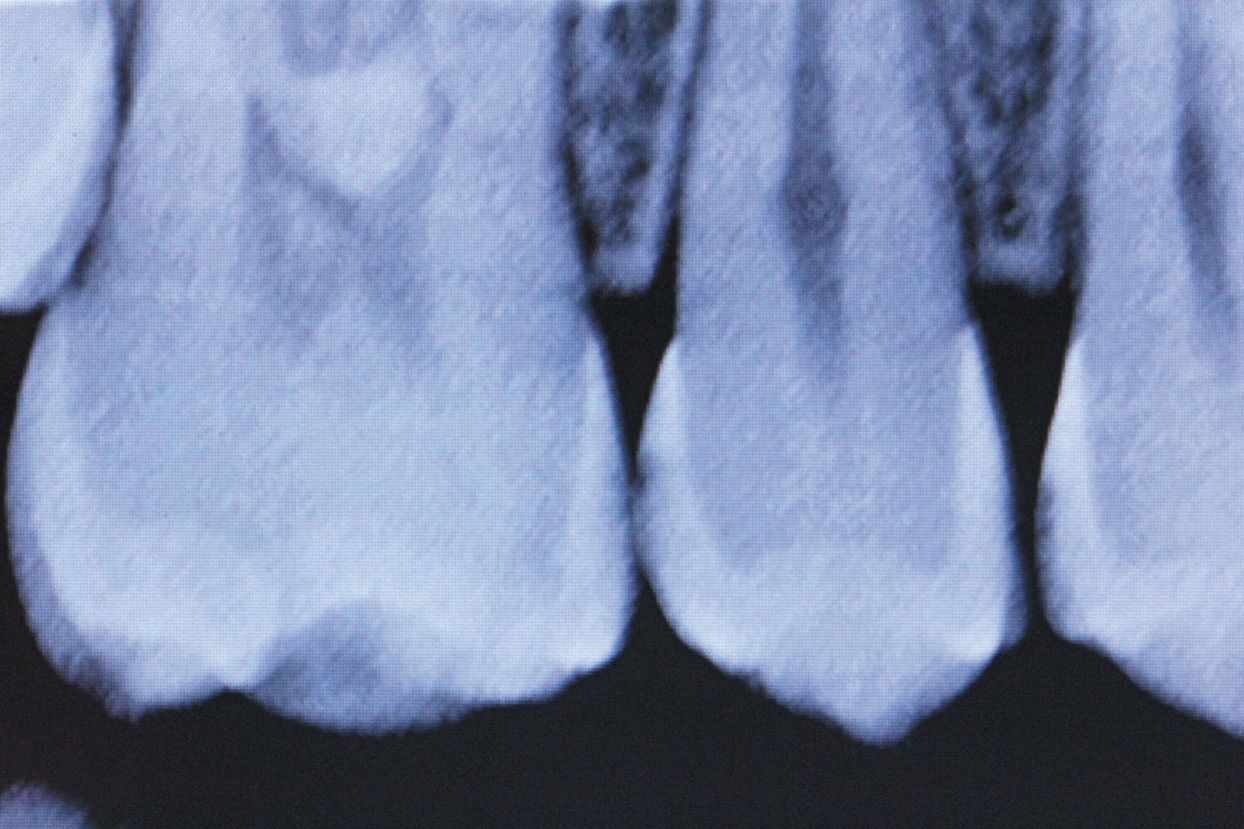
Figure 6: Radiographic exam reveals early onset decay in and around the contact area between the bicuspid and the molar.
Step 5: Clinical exam reveals no occlusal break from decay (Fig. 7). A tunnel preparation approach is chosen to access and remove the decay on both teeth (Fig. 8).

Figure 7: Exam reveals no occlusal break from decay.

Figure 8: A tunnel prep approach is chosen to access and remove the decay on both teeth.
Futurabond U is used here in the self-etch mode according to manufacturer’s instructions (Fig. 9).

Figure 9: Futurabond U used in the self-etch mode according to manufacturer's instructions.
Step 6: After light curing, GrandioSO Flow (VOCO), a highly filled esthetic flowable composite, is used to fill the preparation (Figs. 10-11). This material, while strong, is also very esthetic as evidenced by the natural appearance and blending of the restoration with the existing tooth structure.

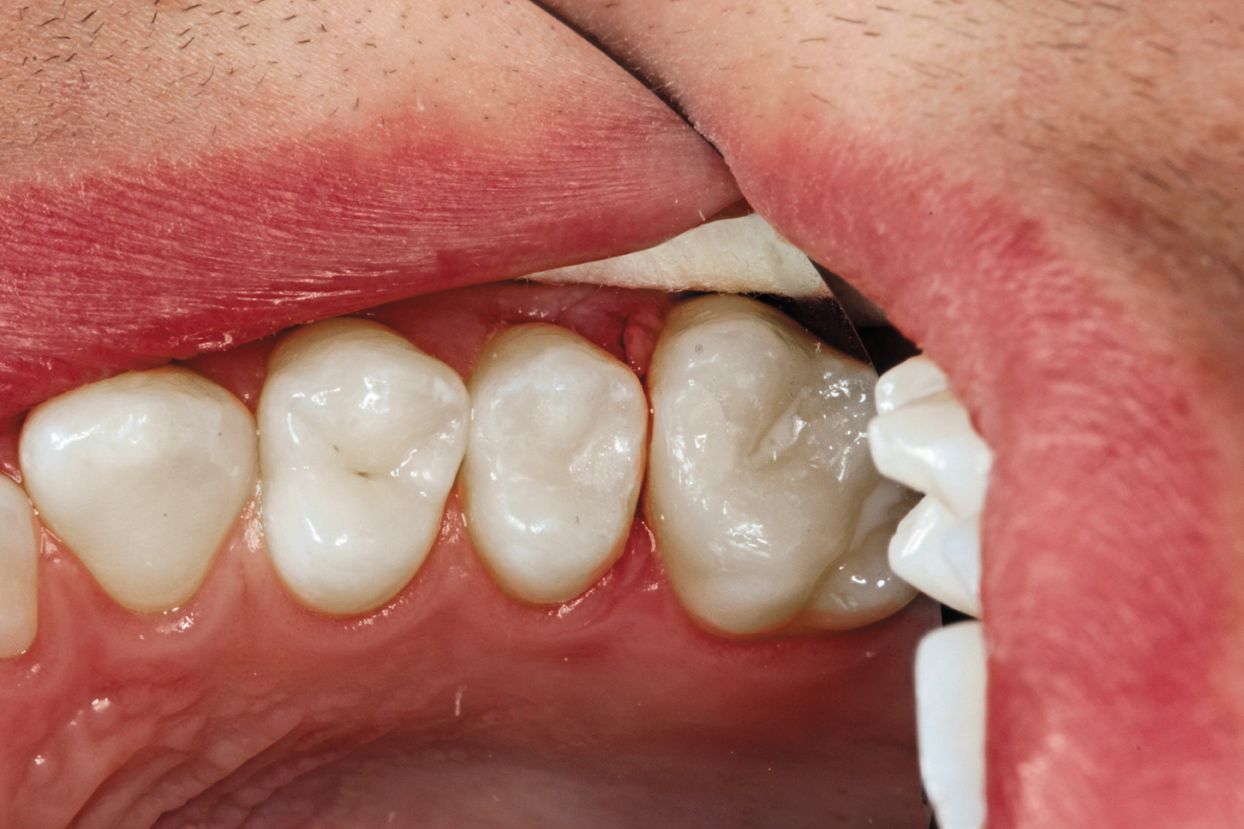
Figures 10-11: After light curing, VOCO's GrandioSO Flow highly filled esthetic flowable composite was used to fill the preparation.
Conclusion
Universal adhesives such as Futurabond U are the newest advances in dentistry as it relates to the bonding process. They eliminate the need for multiple adhesive systems and allow you to bond restorations in any manner that you like. In other words, they allow you to “have it your way.”
ACTIVA BioACTIVE Bulk Flow Marks Pulpdent’s First Major Product Release in 4 Years
December 12th 2024Next-generation bulk-fill dental restorative raises the standard of care for bulk-fill procedures by providing natural remineralization support, while also overcoming current bulk-fill limitations.
